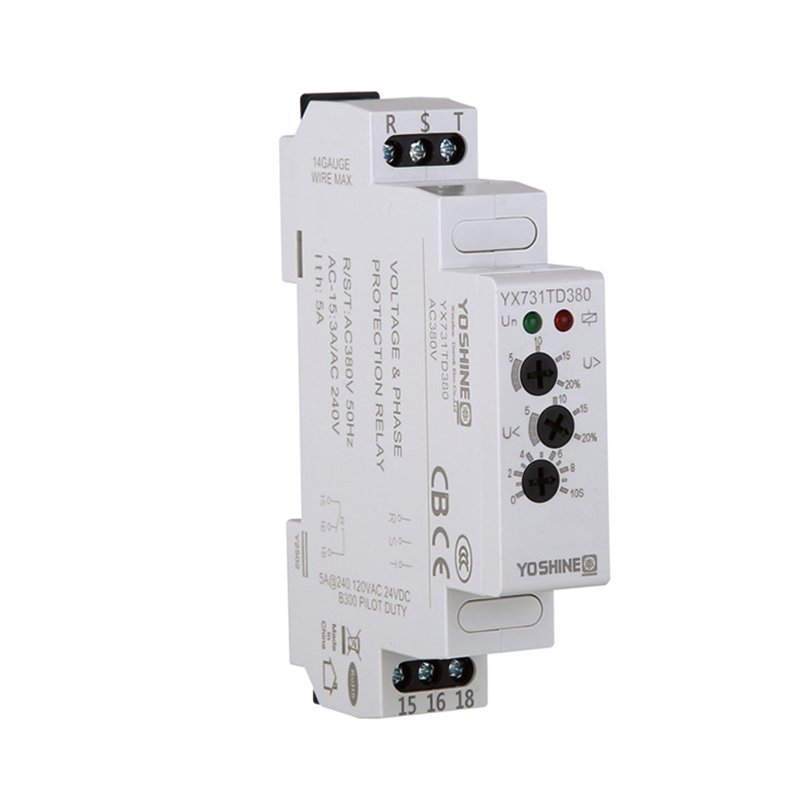
A Custom Multifunction Time Relay plays a vital role in managing complex timing functions within various industrial and automation systems. These relays are often installed in environments where they are exposed to mechanical, electrical, and thermal stress. As such, durability is not just a desirable feature but a necessary requirement. Manufacturers must ensure that each unit can withstand the demands of long-term use without failure. To meet this expectation, durability testing is a critical part of the production and quality assurance process.
Mechanical Endurance Testing
One of the primary tests conducted on a Custom Multifunction Time Relay is mechanical endurance testing. This involves repeatedly operating the relay’s switching mechanism to simulate years of use. The relay may be triggered tens of thousands—or even millions—of times in rapid succession under controlled conditions. The goal is to observe how the relay holds up to repeated cycles and whether the moving parts retain their accuracy and responsiveness.
Through this form of testing, engineers can identify wear patterns, material fatigue, or loosening of internal connections. The feedback gathered from such tests often informs design refinements or material changes in future production batches.
Electrical Load Testing
In real-world applications, a Custom Multifunction Time Relay is expected to control or switch loads that vary in current, voltage, and type (AC or DC). Electrical load testing subjects the relay to different load conditions to ensure that its internal contacts and circuitry can handle the expected operational parameters without overheating, arcing, or failing prematurely.
During this test, the relay is typically evaluated under both its rated capacity and slightly beyond, to gauge its tolerance margins. This helps verify that the relay will function reliably within its specified range and offer stable performance over time.
Environmental Testing
Environmental testing assesses how well the Custom Multifunction Time Relay performs under varying environmental conditions. Since these devices may be installed in factories, outdoor panels, or temperature-controlled labs, they must be able to operate under a wide range of temperatures, humidity levels, and even exposure to dust or vibration.
Tests often include thermal cycling, where the relay is exposed to high and low temperatures alternately, as well as high-humidity conditions that could affect insulation or circuit stability. Vibration tests may simulate transportation stress or machinery operation to ensure the relay can maintain its function despite mechanical disturbances.
Insulation and Dielectric Strength Testing
Insulation strength is another critical factor in assessing durability. A Custom Multifunction Time Relay is often part of a broader electrical system, and any breakdown in insulation can lead to shorts, failures, or safety hazards. Dielectric testing is used to verify that the relay can resist high voltages without leakage or arcing between internal components.
This test involves applying a specified high voltage across insulation barriers for a certain period and monitoring for any current leakage. Consistent performance in this test is essential for compliance with safety standards and for long-term device reliability.
Testing the durability of a Custom Multifunction Time Relay is a comprehensive process involving mechanical, electrical, environmental, and insulation evaluations. These procedures ensure that each unit can withstand the demands of its intended application. By thoroughly examining how the relay performs under different stress factors, manufacturers can provide users with a reliable timing device suitable for a variety of industrial conditions.